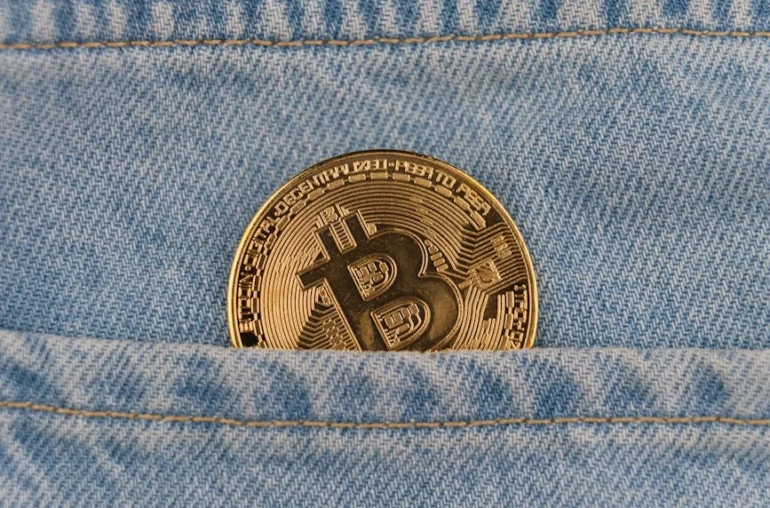
EU Watchdog Raises Concerns Over Stablecoins: A Possible Ban on the Horizon
In a significant development within the realm of cryptocurrency, a recent report indicates that stablecoins—cryptocurrencies designed to maintain a stable value by pegging them to traditional assets—may face increased scrutiny from authorities in the European Union (EU). This warning from a prominent watchdog group has sparked discussions about the future regulation of these digital assets and the potential for a ban.
Understanding Stablecoins
Stablecoins have gained popularity due to their perceived stability compared to other cryptocurrencies like Bitcoin and Ethereum, which are known for their volatility. By linking their value to assets such as fiat currencies or commodities, stablecoins aim to provide a safer option for transactions and investments within the crypto ecosystem. However, their growing adoption has raised flags among regulators concerned about their implications for financial stability and consumer protection.
What the Watchdog Group Warned
The recent warning from the EU watchdog highlights the risks associated with stablecoins, particularly those issued jointly by companies in the EU and other regions. As these digital currencies become more integrated into the financial system, the potential for systemic risks increases, prompting regulators to consider stricter measures. The group’s concerns stem from the lack of comprehensive oversight and the possibility that stablecoins could be used for illicit activities, such as money laundering and tax evasion.
The Impact of Potential Regulation
If the EU decides to implement a ban or enforce stringent regulations on stablecoins, it could significantly impact the cryptocurrency market. Investors and companies involved in the issuance and trading of stablecoins may face uncertainty, leading to volatility in the market. Additionally, such measures could stifle innovation in the blockchain space, where stablecoins play a crucial role in facilitating decentralized finance (DeFi) applications and services.
The Global Context
Europe is not alone in its scrutiny of stablecoins. Other regions, including the United States and Asia, are also evaluating the implications of these digital assets. As cryptocurrencies continue to grow in popularity, international cooperation among regulators may become essential to address the challenges posed by stablecoins effectively.
Conclusion
The warning from the EU watchdog serves as a critical reminder of the need for regulatory frameworks that balance innovation with consumer protection. As discussions around stablecoins develop, stakeholders in the cryptocurrency space must remain vigilant and adaptable to the evolving regulatory landscape. The future of stablecoins in the EU could hinge on how effectively regulators can address these concerns while supporting the growth of the digital economy.



